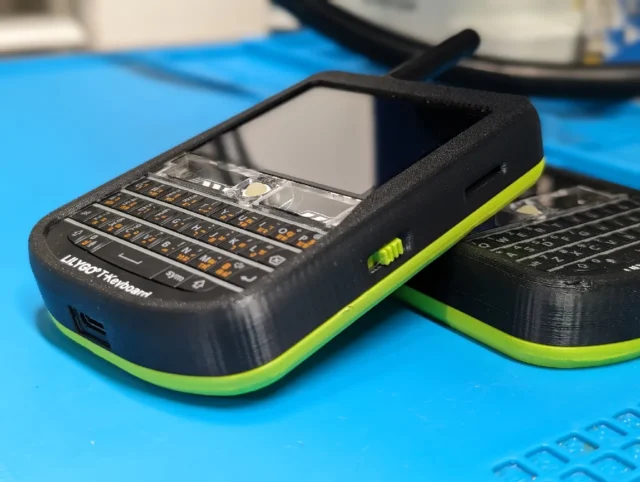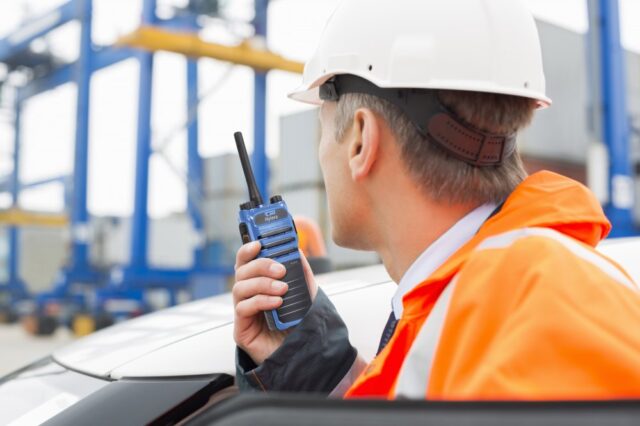TETRAPOL might not be a household name, but in the world of secure communications, it has played a critical role for decades. Designed with national security and public safety in mind, this digital trunked radio system has provided dependable voice communication for police, military, and emergency services around the globe. But how does it compare to the more widely known TETRA system? Let’s explore the story behind TETRAPOL, its core technology, and how it’s holding up in today’s broadband-driven world.
A brief look back at TETRAPOL
Back in the 1980s, France’s Matra Communications developed TETRAPOL to offer a digital, encrypted communication tool for national agencies. It was built with a clear focus: secure voice transmission that could work reliably in the field, without the need for complex data support. Over time, it became the backbone of France’s police network (ACROPOL) and Austria’s ADONIS system.Unlike TETRA, which was designed as an open, global standard, TETRAPOL stayed proprietary. That made it attractive to governments wanting tighter control but limited its appeal in commercial sectors.
How TETRAPOL works under the hood
TETRAPOL operates in the 380–400 MHz range, using 12.5 kHz wide channels. It uses CPFSK modulation and delivers around 8.3 kbps—enough for clear voice, but not for heavy data use. It’s a circuit-switched system, optimized for steady voice streams with native end-to-end encryption built in.What you get is:
- Strong encryption
- Reliable coverage in challenging areas
- Good voice quality over narrowband
But also:
- Limited data capacity
- Little flexibility for apps or services
- Closed ecosystem with few vendors
Enter TETRA: the open-standard contender
In the 1990s, the European Telecommunications Standards Institute (ETSI) introduced TETRA as a digital, trunked radio standard for both public safety and commercial use. TETRA uses a 25 kHz bandwidth and time-division multiple access (TDMA) to squeeze in four users per channel. This gives it a higher data rate and better resource usage.TETRA is more balanced—it supports both voice and data and can integrate with dispatch systems, text messaging, GPS, and more. Plus, it’s open-standard, meaning more vendors, competition, and innovation.
TETRAPOL vs. TETRA: A quick comparison
| Feature | TETRAPOL | TETRA |
|---|---|---|
| Developed by | Matra (France) | ETSI (European standard) |
| Modulation | CPFSK | π/4-DQPSK |
| Channel width | 12.5 kHz | 25 kHz (4 TDMA slots) |
| Architecture | Circuit-switched | Circuit + packet-switched |
| Encryption | Proprietary, built-in | Standardized AES + options |
| Data support | Minimal | Moderate to extensive |
| Ecosystem | Closed | Open, multi-vendor |
| Use case strength | Voice-centric, secure use | Balanced voice/data, versatile |
Where is TETRAPOL still in use?
You’ll still find TETRAPOL running public safety networks in:
- France – ACROPOL (police), RUBIS (military)
- Spain – SIRDEE
- Austria – ADONIS
- Switzerland – POLYCOM
- Mexico, Morocco, and Algeria – security and emergency services
These countries value TETRAPOL’s tight security, proven performance, and central management.
The broadband shift: what it means for TETRAPOL
Fast forward to today, and the world is changing fast. LTE and 5G are transforming public safety communications. With broadband, emergency responders can stream video, access GIS maps, share files, and run real-time apps—all things TETRAPOL can’t do.That doesn’t make TETRAPOL useless, though. In fact, many agencies are blending it with broadband:
- Using LTE for data and TETRAPOL for voice
- Deploying dual-mode radios that support both systems
- Creating gateways to route calls between networks
This hybrid approach keeps voice secure and reliable while allowing users to benefit from broadband innovation.
Migration: not if, but when (and how)
Agencies around the world are slowly moving away from narrowband systems like TETRAPOL. But the transition is gradual. Common strategies include:
- Overlaying LTE networks without dismantling the old ones
- Building bridges between TETRAPOL and IP-based systems
- Rolling out new terminals that work on both systems
- Phased replacement of old base stations with LTE-compatible ones
Challenges remain—budget, regulation, coverage—but the long-term direction is clear: broadband is the future.
Is TETRAPOL outdated?
Technically? Yes, in some respects. It can’t deliver the data-rich tools today’s responders are beginning to expect. But practically? It’s still in active use and performs well where voice is king and data is less critical.It’s not uncommon for countries to keep TETRAPOL for voice and layer LTE on top. Until broadband systems are fully matured, tested, and secure, this dual approach offers the best of both worlds.TETRAPOL and TETRA were both built to solve the same problem: secure, reliable communication in high-stakes environments. But they’ve taken different paths. TETRAPOL focused on voice-first security, while TETRA evolved into a more flexible, feature-rich platform. And now, broadband is shifting the goalposts entirely.For countries using TETRAPOL, the future likely involves integrating it with broadband, then gradually handing over more functions to LTE and beyond. But the core need—fast, secure, trustworthy communication—remains unchanged.
Image(s) used in this article are either AI-generated or sourced from royalty-free platforms like Pixabay or Pexels.
Did you enjoy this article? Buy me a coffee!






